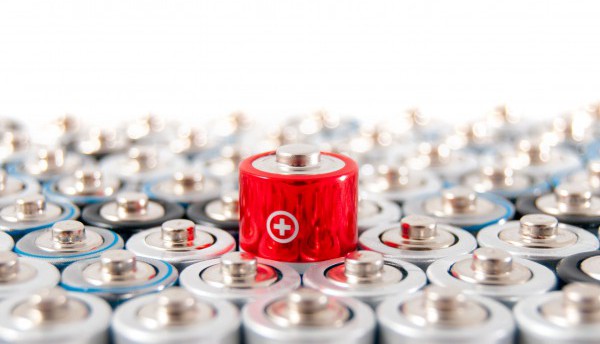
US-based manufacturer of high-energy density, fast-charging solid-state batteries (SSBs) Ion Storage Systems (Ion) has achieved 800 cycles in its in-house developed solid-state battery cells, marking a major milestone on the path to commercialization, the company announced Aug. 1.
The company said that its innovative battery cells cycle without compression or volume change, which traditionally is a major impediment to SSBs adoption.
The development comes on the heels of the company's announcement in early 2024 that Ion’s is the first anode-less SSB to achieve 125 cycles without pressure. The company has commissioned a $30 million battery cell-manufacturing facility and was also awarded $20 million by the US Energy Department's (DOE) Advanced Research Projects Agency — Energy (ARPA-E) as part of a three-year, $40 million partnership with several world-class commercialization partners.
Ion said that its battery cells' cycle life already meets broad requirements for a variety of defense and public safety applications. That said, with this announcement, Ion’s battery cells are now far exceeding the cycle life requirements for the over $24 billion consumer electronics battery market, inclusive of devices from internet of things and wearables, to mobile phones and laptops, the company said in its press note.
Born out of the University of Maryland's incubator, Ion’s SSB platform is the first to achieve this milestone with an anodeless design without compression, representing a key step for the company’s goal of releasing its first-generation product in late 2024 to commercial customers.
Ion’s patented solid-state anodeless technology provides a completely safe and more powerful alternative to traditional lithium-ion batteries and eliminates the need for less sustainable materials such as graphite with the use of a revolutionary 3D ceramic structure. The company said that its SSBs require no compression, swell budget, extensive cooling system or heavy fire barriers. Combined with the ability to accommodate existing and future cathode technologies, Ion’s SSB platform provides simple and cost-effective manufacturing at scale.
The company expects that its simple drop-in replacement design for lithium-ion batteries can greatly accelerate the adoption of its SSBs in applications including consumer electronics, medical devices, electric vehicles, grid storage, and aerospace and defense.
“The stable cycling that we've repeatedly observed in our R&D cells is the culmination of key innovations by Ion’s ceramic scientists and battery scientists over the past several years. The combination of our next-generation ceramic electrolyte and unique cell architecture has enabled the only known anode-less, compression-less, lithium-metal battery that can cycle with this level of stability at 25°C. Ion has built a world-class team of scientists, engineers, and operations staff who are rapidly solving technical challenges to bring this technology to a commercially relevant scale," said Nicholas Hudak, director of Cell R&D at Ion.








